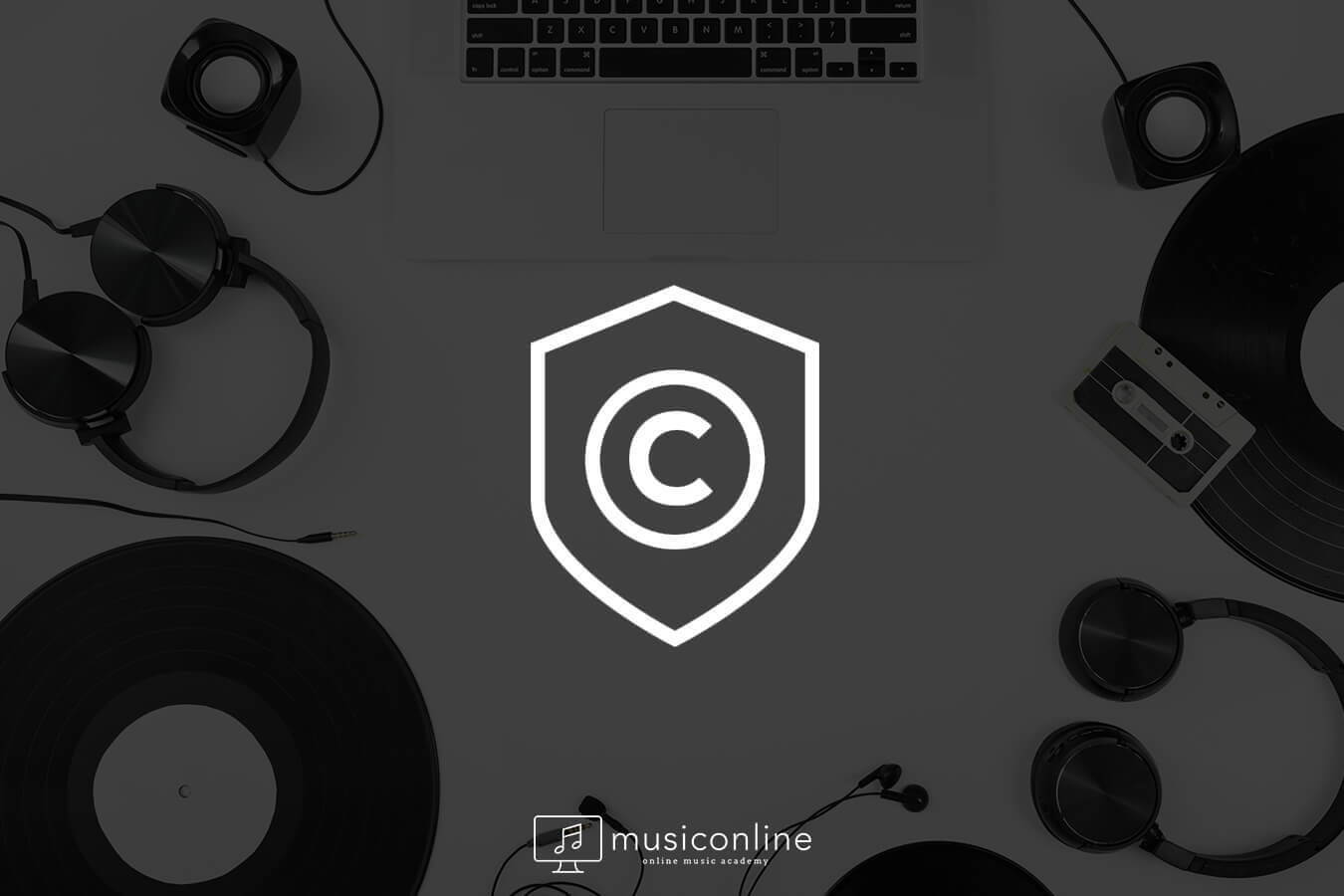musiconline blog
news about us & everything about music on our blog!
What is a cello?
As musiconline , this week we will talk about an instrument that we are used to seeing, especially in classical music concerts and in all orchestras: the cello . In this blog post , we have looked at the sound, structure; in short, all the features of this instrument, which is similar to the violin but is larger and played sitting down.
History
The ancestor of the cello is the Viola da gamba , which appeared in the 1400s. This instrument, which is 7-string, similar to a guitar but played with a bow , has evolved over time and become today's 4-string shape. In the middle part of the cello , which emerged in France at the beginning of the 16th century, there are two sound holes reminiscent of the letter F as in other stringed instruments.
Cello, violin, viola, and double bass are among the family of stringed instruments . The biggest difference between these instruments, which are very similar in shape, is their size. The sound structure in the thick (bass) pitch compared to the violin is directly proportional to the structure of the strings and has the sound structure closest to the human voice after the violin. According to the double bass, the strings of the cello , which are small in structure and played sitting, are similar in structure to the viola .
Originally, the cello , whose purpose was to support bass sounds in orchestras, began to gain acceptance by itself in the early 18th century. Its large structure and its classification as an accompaniment to other instruments must have influenced the composers, as a rare composer composed a solo piece for cello. Cello, which is treated similarly to viola in this respect, has come to the fore with the later arrangements of works mostly written for the violin. Among these composers, Vivaldi and Haydn are an exception. Especially A.Vivaldi has more than 25 works written for cello. In the following years, composers such as Dvorak, Schumann, Brahms and Elgar also produced important works for cello.
The first person to design the cello in its present form was Andrea Amati, from the famous instrument maker Amati family.
Structure
The names of the cello's strings from thin to thick, it is;
La (A)
Re (D)
Sol (G)
Do (C)
As with all stringed instruments, in the cello , the strings are stretched with an apparatus called the ear, and the chord is made by rotating these instruments. Thanks to the screws called fix, which was added later, the instrument can be accordioned and fine-tuned more easily. In the cello played by pressing on the black areas called the key with the fingers of the left hand, the sound is made with the bow used with the right hand. Just as with the double bass and other string instruments, it is possible to make a sound in the cello with the pizzicato (finger-pulling strings) technique.
Famous Cellists
We mentioned in our previous blog post that names that play any instrument with great skill are called virtuosos . For those who have not yet reached the level of mastery, but who plays the cello, we can use the terms musician and cellist. But today, there are many names that we can describe as both cellist and virtuoso. Leading names such as Luigi Boccherini, Yo-Yo Ma, Pau Casals, Jacqueline du Pré, Mstislav Rostropovic, Mischa Maisky pioneered the sound of the cello's name and performed it expertly.
The cello, which has been a must for chamber music groups and classical orchestras for centuries, has been increasing its popularity day by day, appearing in different musical genres recently. Especially with the re-arrangements of 2Cellos , the pieces of which gives a big joy have received great attention on YouTube and all over the world, and thanks to this, the cello's recognition has increased.
At the end of our post, we present examples of the famous cello pieces that we have selected for you.
In musiconline 's blog post this week, we looked at the cello, the instrument that stands out for its sound and structure. If you like our post, you can share it through the buttons below, support us by following our social media accounts , and subscribe to our e-newsletter to stay informed of our new posts.
If you say, "I want to make music too!" we are waiting for you for our free trial lessons because learning with musiconline is #VeryEasy 🙂
Stay with music!
Yo-Yo Ma - Bach: Cello Suite No. 1 in G Major, Prélude
Jacqueline du Pré - Dvořák Cello Concerto
2CELLOS - Pirates Of The Caribbean
Believer - Imagine Dragons
Wake Me Up - Avicii (violin/cello/bass cover)


